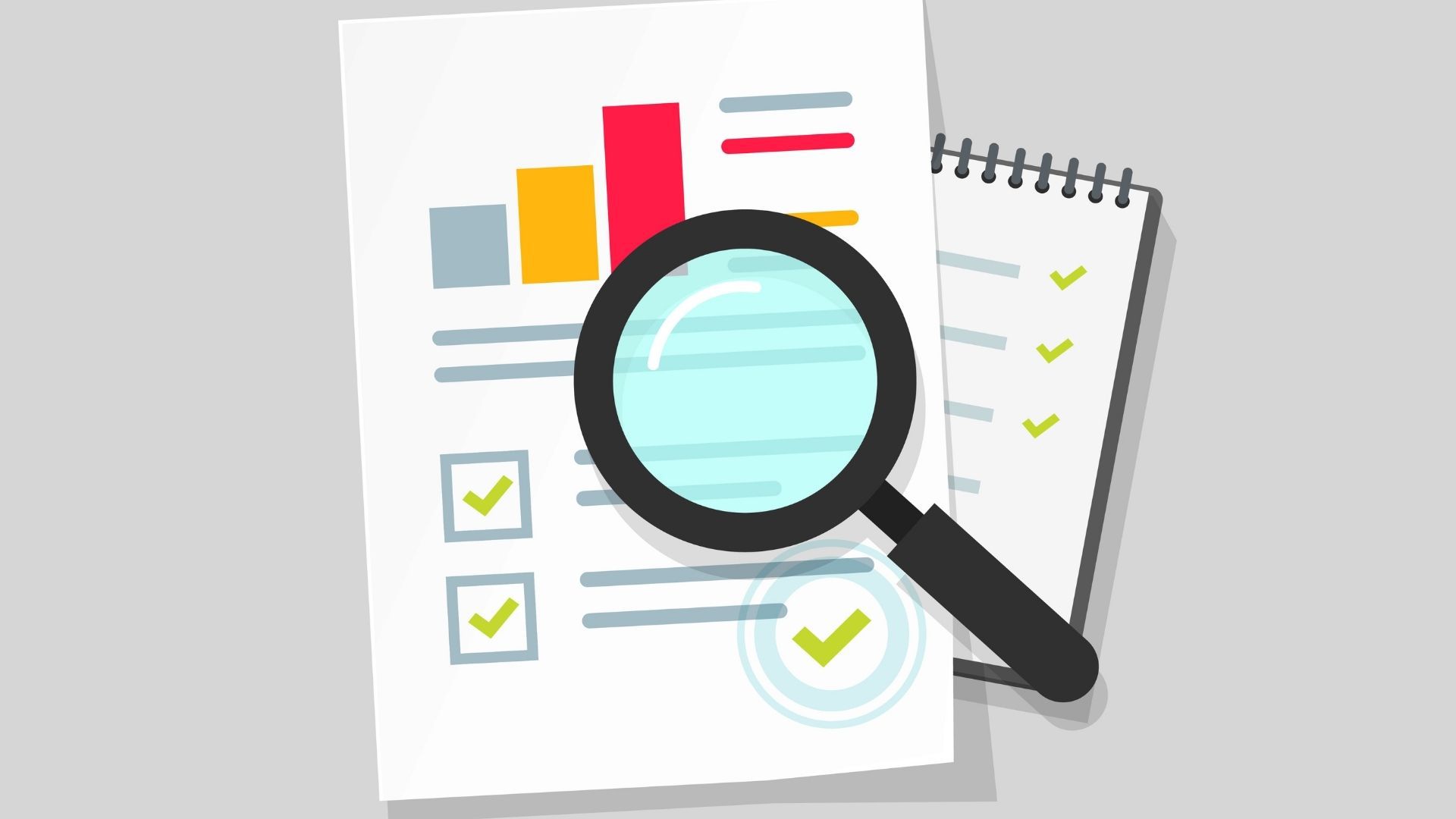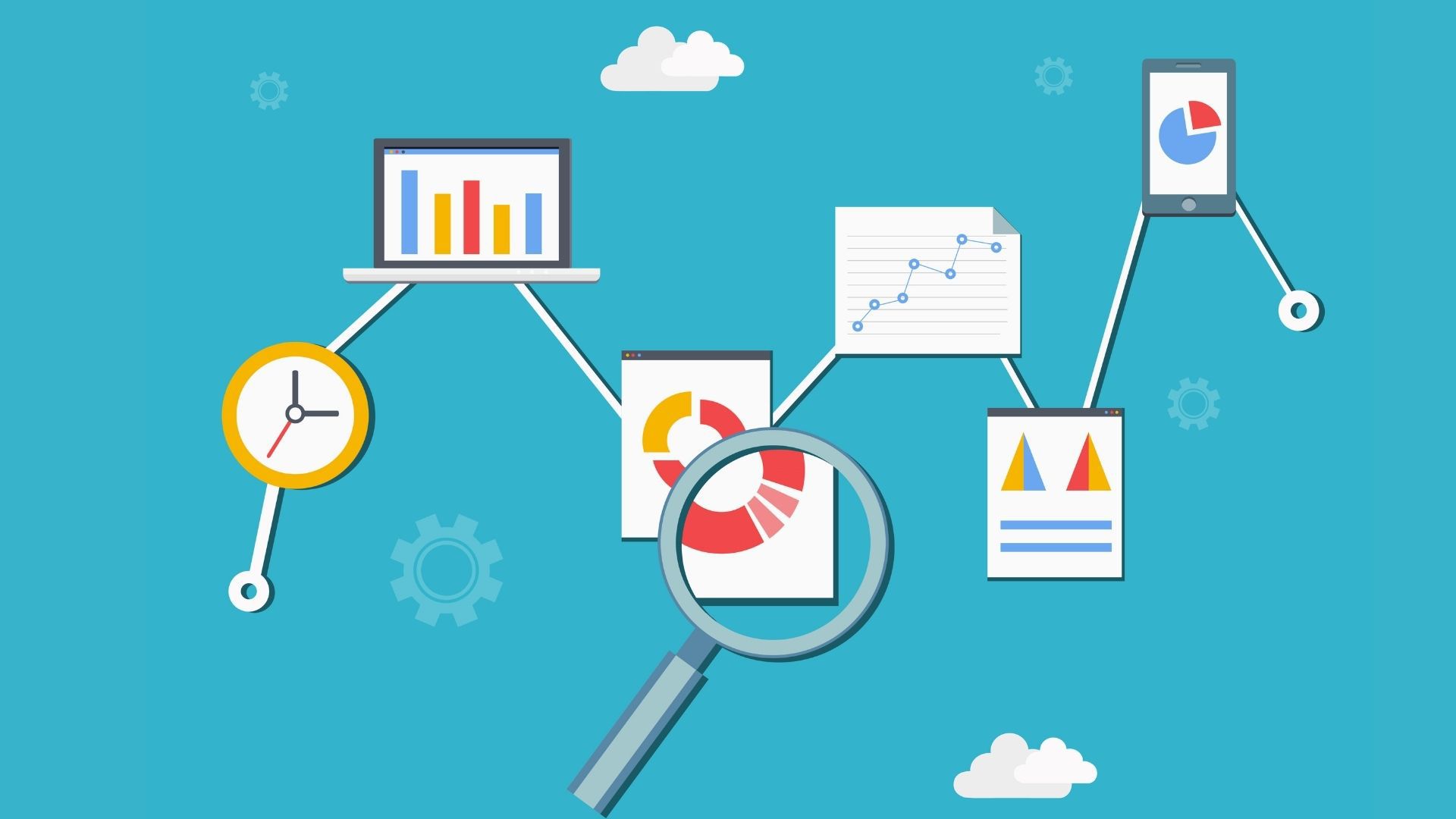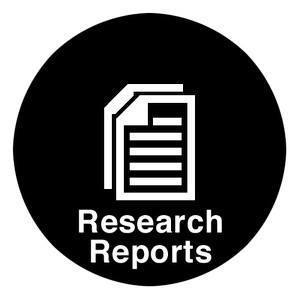
Primary Research - Meaning, Process and Advantages | Marketing91
Primary Research – Meaning, Process and Advantages
Primary research is a research process where data is collected directly from your target audience with questionnaires and other tools. Primary research does not depend on previously done research like internet research or research from books. Actual questions are asked from actual people to conduct primary research.
It is collected by the researcher himself or herself. The primary research work includes surveys, interviews, ethnographic research, and observations of the respective topic.
Without primary research, secondary research is of no use. Research experts also advise doing primary research before the secondary research to obtain meaningful conclusions or results out of research work.
A good researcher knows how to integrate both primary and secondary research tools in their research work. Both the research tools work cohesively in the research work.
Table of Contents
What is primary research?
The research methodology that is used by the researchers to collect data directly is called primary research. The data is raw and collected by direct means by the researchers.
During primary data collection, the researcher doesn’t depend on previously done research.
In simple terms, they own the collected data. Primary research is done to address a concerning problem that is assigned for research. Primary research gives an in-depth analysis of the problem statement that makes further research easy.
Conducting primary research is a useful skill that a good researcher should possess. It not only makes your research work easy but also supplements your secondary research process. Moreover, it is also helpful in writing projects and journals.
There are certain examples of primary research that prevailed in the research process. These examples include observations done on the respondents, interviews, focus groups, surveys, etc. these methods are good in conducting the primary research process.
As a researcher, you can start with primary research options for heading towards the research process.
Primary research is a lot better at services. It gives the researchers a lot of specific results about the research topic. A focus group would be asked specific questions about a topic. It helps the researcher to design their questions and other tools for the research process. In this way, the information is much targeted to the lead researcher’s needs. Further, the research firm uses various statistical models for conducting primary research.
Different Forms of the Primary Research Process
Primary research work is done in every field of research, where the data is required. It has some forms that are used by the researchers to do primary research.
These forms are efficient in conducting the research process swiftly. In the corporate world also, primary research is necessary to conduct market research. Nowadays, meaningful data is more valuable than gold. So, conducting the research process for obtaining the data is important.
All organizations and business corporations conduct primary research for obtaining validated data. The companies gather data that are authentic and have no alterations. So, primary research is necessary for them.
Following are the forms of primary research that are done by the researchers:
1. Conducting interviews or telephonic conversations
Interviews are basic tools for conducting primary research. It is part of the qualitative research method that comprises collecting data from different persons through interviews. These interviews can be conducted in person (face-to-face) or telephonic. Furthermore, the interviews are open-ended that involve dialogues. The dialogues are the result of interaction between the researcher and the interviewee or respondent.
Conducting interviews for primary research is done for ages. It is one of the traditional methods to do research. It is said that the face to face interviews are better than telephonic interviews, as it gives good responses. Moreover, face to face interviews come in a personal approach that adds more value to the primary research. Such interviews’ success depends solely on the researcher’s ability to speak fluently and ask questions about the problem statement’s research topic.
Questions asked in the interviews are mostly open-ended with great in-depth insights to gain the right amount of perceptions and respondents. All face to face interviews last about 30 minutes or longer, depending on the researcher.
In short, interviews are defined as the quintessentially qualitative data that are conducted for gathering information. This leads to complex understandings and viewpoints of all respondents of the group or more groups. The answers obtained by this method are in-depth because the respondent takes time to construct his or her answers with care. Further, the respondents can also add justification if needed for the answers.
The other good thing about conducting interviews is that they allow every researcher to develop specific questions according to the research topic. The questions are tailored for the respondents that are ready for interviews.
The researchers can also change their questions or develop new questions as per the previous respondent’s answers. In such a way, research interviews become the sort of conversation between the interviewer and the respondents. All information collected from the interview methods is adjustable and changeable according to the different respondents’ various responses.
The information you collect adjusts and changes according to what you discover at that moment. However, the interview methods can limit the people to whom the researcher is interviewing.
1. Planning research interviews
The execution of research interviews is of great importance. Every researcher should execute research interviews very carefully. They can use all their knowledge about it and conduct the best interviews. The planning is needed for the conduction of interviews. The researchers should do proper planning for the execution of research interviews.
All research interviews can be conducted via email or face-to-face. The telephonic interview can also happen. In emails, the researchers send questions to the respondent by highlighting the time for answering all questions. All respondents answer the questions in their own time. This saves the time of researchers to organize a face-to-face meeting with the respondent.
The interviews lead to longer, more in-depth answers from the respondent as they get enough time to tailor their answers. They can think of appropriate answers in the given time. As soon as the respondent responds with an answer, the data is collected and noted by the researchers for further research.
It is seen that email questions save the time of researchers. But on the other hand, in email questions, the researcher loses its ability to alter the questions. The question set there doesn’t allow the researcher to rephrase the questions as per the requirement. This can lead to some mishaps in the answers.
In some instances, it is seen that the respondent may not understand a question. But there is no provision; the question can get altered. In such cases, the emailing set of questions may fail.
To execute interviews, multiple respondents are involved. As a researcher, you are always expected to develop common and new questions to ask each respondent involved in the interview. All questions are framed for answering all questions by the respondents. All questions must be phrased in such a way that they are clear to all respondents.
2. Online surveys method
In traditional times, the surveys were conducted on paper with the help of pens. But with the advent of technology, surveys have changed their forms drastically. It has come a long way since then. In present times, the researchers conduct online surveys that are sent to the respondents for gathering information.
Online surveys are way too good for offline mode. It saves a lot of time, and it is convenient to use also. The survey forms can be sent to the respondents through emails. And the surveys are filled by the respondents through online medium only.
The accessibility of online surveys is seen in every gadget, including smartphones, tablets, Ipads, personal computers, laptops, etc.
The online survey comes with a stipulated time given to the respondents for filling the survey questions. All answers are recorded at this time, and the researcher does the data compilation as part of primary research.
The questions asked in online surveys should be open-ended and should be worth answering. As a researcher, you should not make lengthy online survey questions as the respondents can lose interest in it.
2. Making focus groups
This is the most popular method of conducting primary research work.
According to this method, the data is collected from a group of 6-10 people. The groups here are restricted to this number only. The groups are called focus groups as it comprises all experts who have expertise in the respective research topic.
The data are collected from the groups and used in the research process. All focus groups have a moderator who stimulates the discussions over the research topic.
Mainly all types of business organizations implement focus groups as the primary research tool. They conduct the focus group discussions to learn about the group of consumers for the organizations.
3. Observatory methods
This method does not include any direct interaction between the researcher and the respondent.
Here the consumer or respondent is observed by researchers silently. The researchers make a note of their behaviors and reactions. Then they record the reactions in the form of observations.
For conducting this method, trained cameras and observers are used that record the reactions. All observations are recorded in predetermined situations to start primary research.
Observatory methods urge the researcher to globally and watch the respondents’ activities to note it down. The researchers have to use all five senses to collect data from the respondents. Observatory methods are used in the first writing projects also. Primary research is the preliminary research that is done by the researchers as well as the analysts.
Following are the observatory methods that might be used for conducting primary research:
- The researcher might explore the whole business groups and employees by such observatory methods. The researchers can observe their employees conclude a research topic.
- The researcher might observe artwork or natural objects to analyze the artwork. It can be done by observing the artwork from proximity to the researchers.
- The researchers might view and record observations from several respondents. Facebook can be used for the process. This way, they can examine how social media posts can affect them. In short, social media posts also affect the viewer. So, primary research helps in this process.
- The researchers might observe different memorial areas in public parks at various times. They observe many attributes of people, including the timings, etc.
In simple words, Observations are great inquiry methods in which the researcher can or not ask questions. They observe and note the effects. The researchers conduct observatory methods to collect information on how something works or appears in public. This is done without interfering by participating or asking questions. The researchers may not get satisfactory answers in such methods, but it is all good for primary research.
Advantages of primary research
Following are the advantages of primary research:
- All data collected first hand is in a raw and accurate form. In simple words, there is no dilution of the collected data. Moreover, the primary research method can be customized to suit the personal requirements of the researchers. All needs of organizations or businesses are also considered with the primary research.
- Primary research mainly focuses on the problem at the hands of the researchers. It means that the entire attention of the research is directed to find a probable solution. It is all focused on a regarded subject matter. Primary research allows all researchers to go in-depth on a current matter and study all foreseeable approaches. It is all solved by primary research.
- Researchers can control data collected by primary research. Primary research allows the researchers to control how data is collected and used for the research process. It’s up to the discretion of businesses or researchers intended to collect data and how to use data to get meaningful insights.
Final Thoughts about Primary Research!
Primary research focuses on the problem at hand. The research process makes the problem approachable with optimal solutions.
The whole primary research process is focused on the main problem. So, conducting primary research included all in-depth analyses of the given research topic. The above methods are used to conduct primary research that provides a good result in the process.
The method is a time-tested method that makes it more reliable to work with.
Researchers conduct primary research to make the process more efficient and fruit-bearing.
By conducting primary research, organizations collect data and analyze it further to make meaningful data. It is all efficient in extracting the data for better results.









